New Electric Blue Tarantula Species Discovered In Thailand’s Mangrove Forests
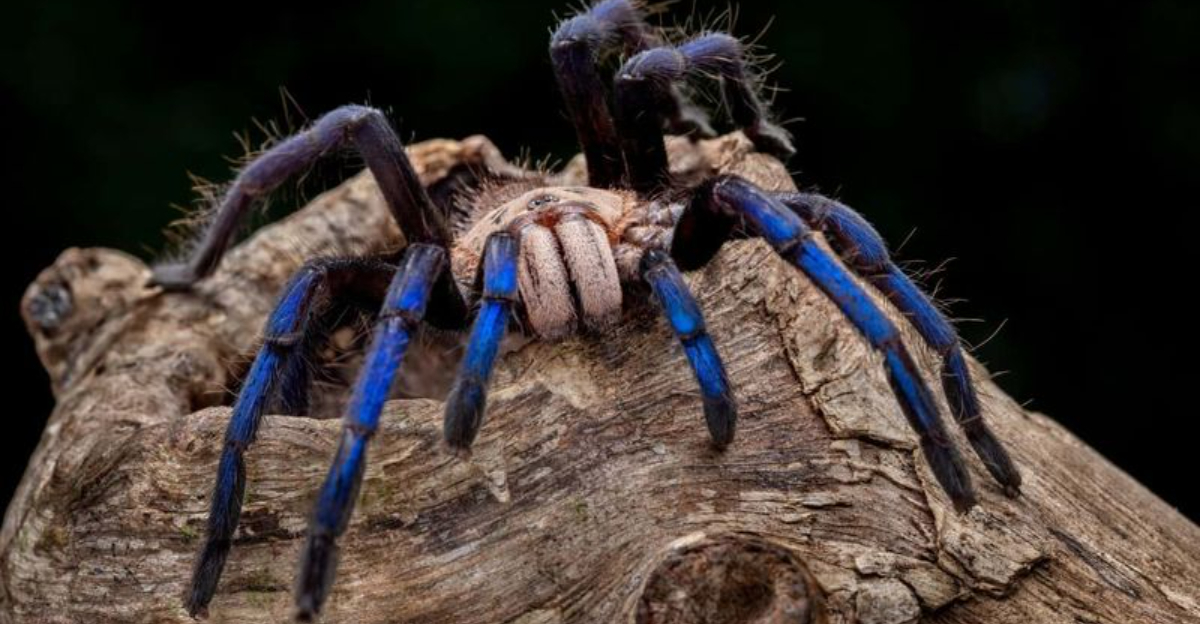
Imagine walking through Thailand’s lush mangrove forests and spotting something that looks like it’s glowing electric blue! Scientists recently discovered a brand-new tarantula species with a stunning blue color unlike anything seen before.
This exciting find has spider enthusiasts and researchers buzzing with excitement as they learn more about this unique eight-legged creature.
1. Dazzling Neon Glow
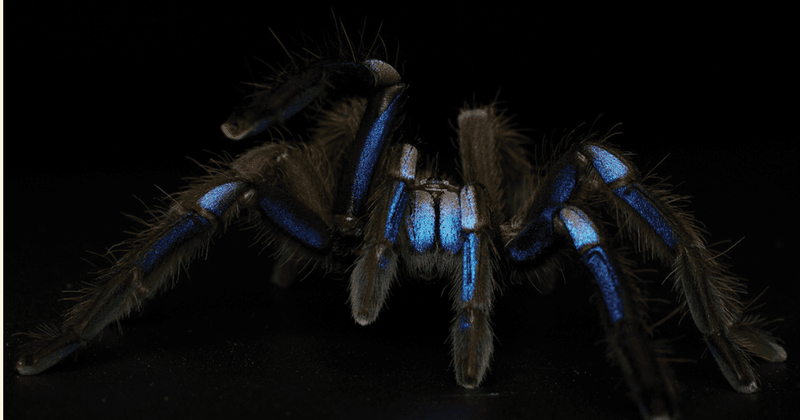
Like something from a sci-fi movie, this tarantula’s vibrant blue coloration isn’t actually from pigment!
The stunning color comes from microscopic structures on its exoskeleton that reflect light in special ways. These tiny structures create what scientists call structural coloration, similar to how peacock feathers work.
2. Mangrove Mystery
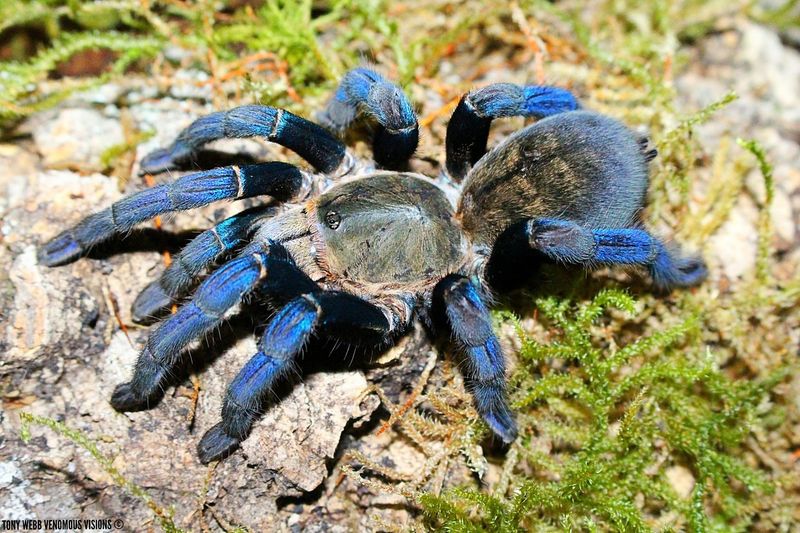
Hidden among tangled mangrove roots, these spiders remained undiscovered until now. Their natural habitat provides perfect protection from predators and harsh weather.
The dense, muddy ecosystem of Thailand’s coastal forests creates unique microhabitats where these blue beauties can thrive away from human eyes.
3. Size Surprise
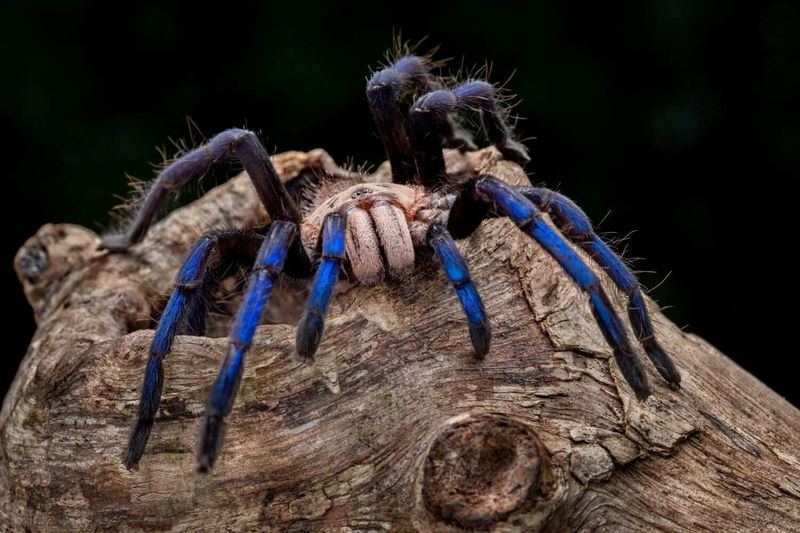
Don’t let their stunning appearance fool you – these aren’t tiny spiders! Fully grown adults reach about 4-5 inches in leg span, making them medium-sized among tarantulas.
While not the giants of the spider world, they’re definitely big enough to make an impression when spotted in their natural environment.
4. Nighttime Hunters
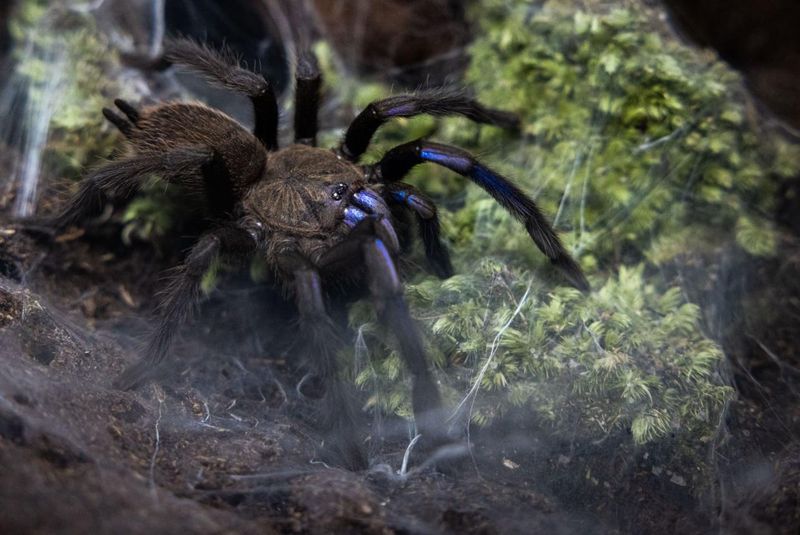
When darkness falls across the mangroves, these electric blue hunters come alive! Unlike some spider species, they don’t spin webs to catch prey.
Instead, they emerge from burrows at night to actively stalk small insects, crabs, and even tiny vertebrates that share their habitat.
5. Scientific Classification Challenges
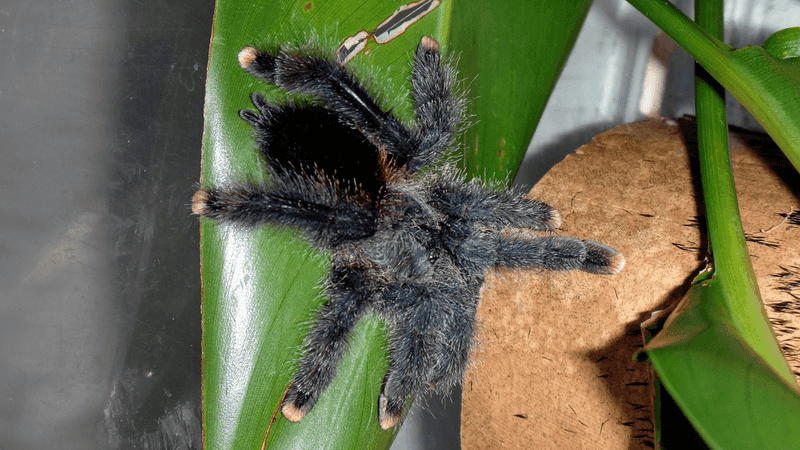
Placing this spider on the family tree wasn’t straightforward for researchers. DNA analysis revealed surprising genetic differences from other known tarantulas.
Scientists had to create an entirely new classification branch to properly categorize this unique species, highlighting just how special this discovery truly is.
6. Local Legend Connection
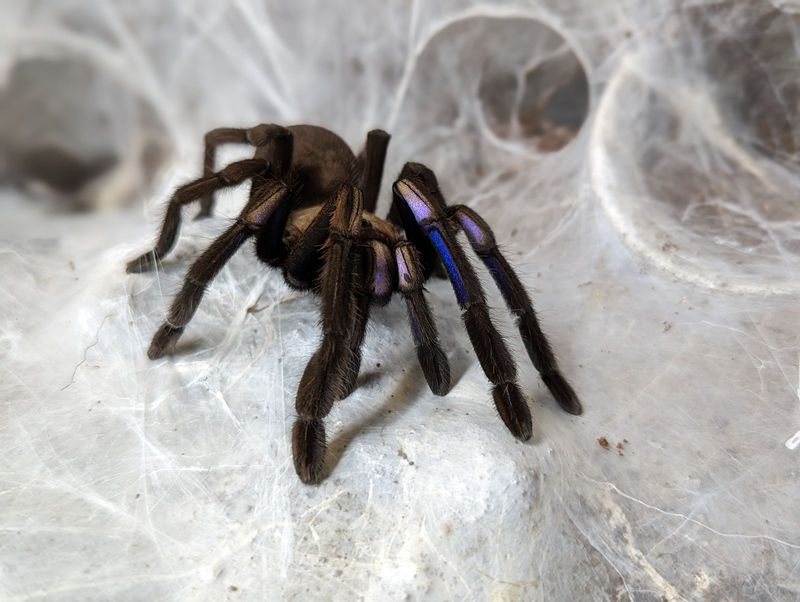
Long before scientists confirmed its existence, local villagers told stories of a glowing blue spider. These tales described a magical arachnid that brought good fortune to those who spotted it but never disturbed it.
The discovery validates indigenous knowledge that often precedes scientific confirmation by generations.
7. Climate Change Concerns
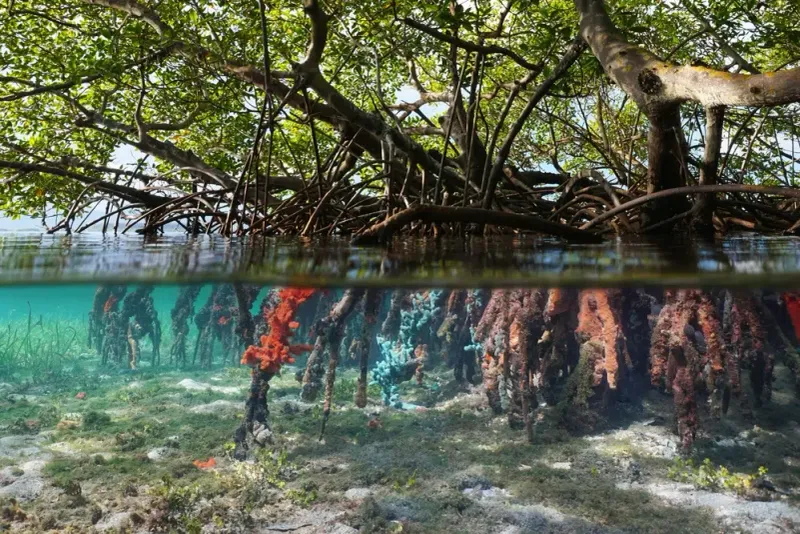
Found only in a specific microclimate, these spiders face serious threats from rising sea levels. Mangrove forests are among ecosystems most vulnerable to climate change.
Scientists worry this species might disappear before we fully understand it, as saltwater intrusion changes the delicate balance of its only known habitat.
8. Unique Venom Properties
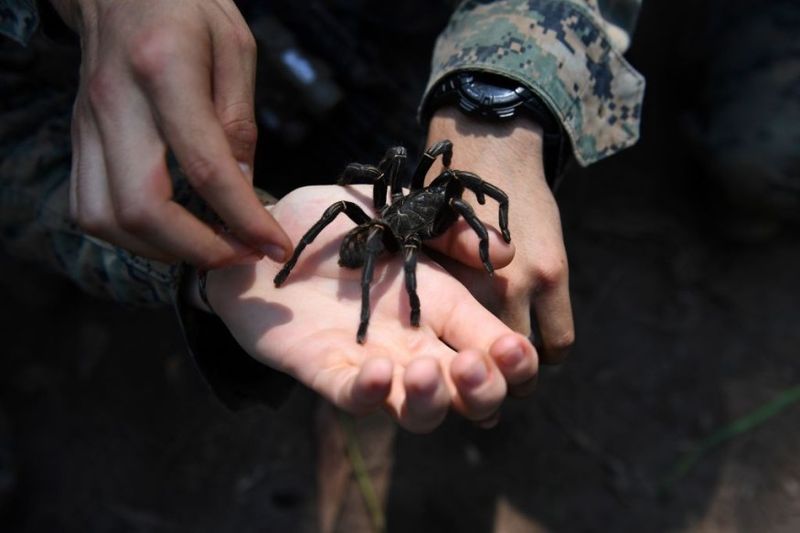
Preliminary studies suggest this tarantula’s venom contains compounds never seen before! While not dangerous to humans beyond mild irritation, these novel molecules show potential for medical research.
Scientists are particularly interested in possible pain-relieving properties that could lead to new treatments.
9. Bizarre Mating Rituals
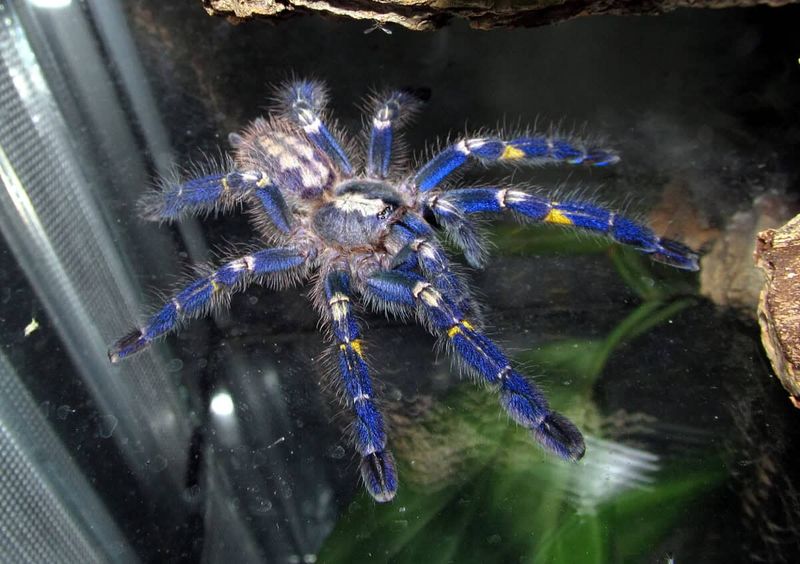
Talk about dinner and a dance! Male tarantulas perform complex rhythmic movements to woo females. These elaborate courtship displays involve leg tapping, vibrations, and specific movements that glow especially bright under moonlight.
If males get the sequence wrong, they might become the female’s next meal instead!
10. Conservation Status Emergency
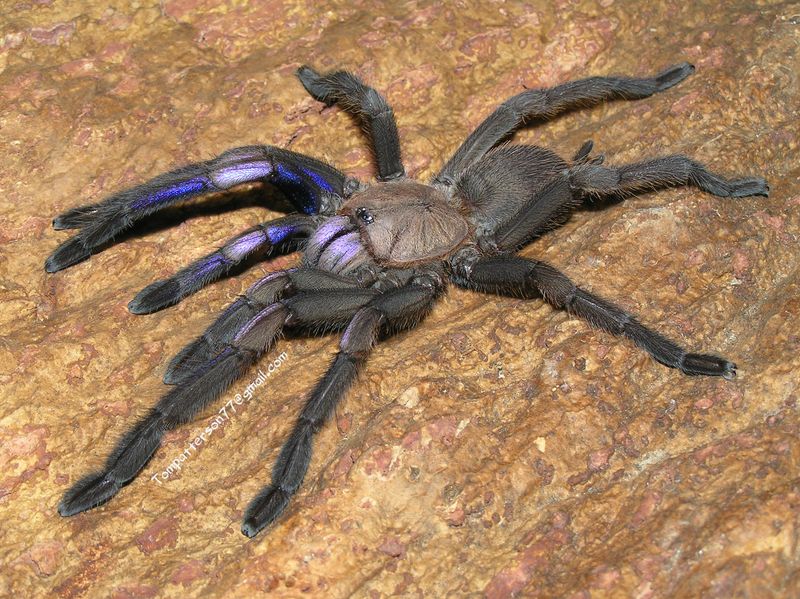
Barely discovered and already endangered! Conservation experts immediately classified this species as critically threatened.
With habitat limited to just a few square miles of specific mangrove conditions, protection efforts began immediately after discovery. Special protected zones now restrict access to their known territories.
11. Remarkable Adaptation Skills
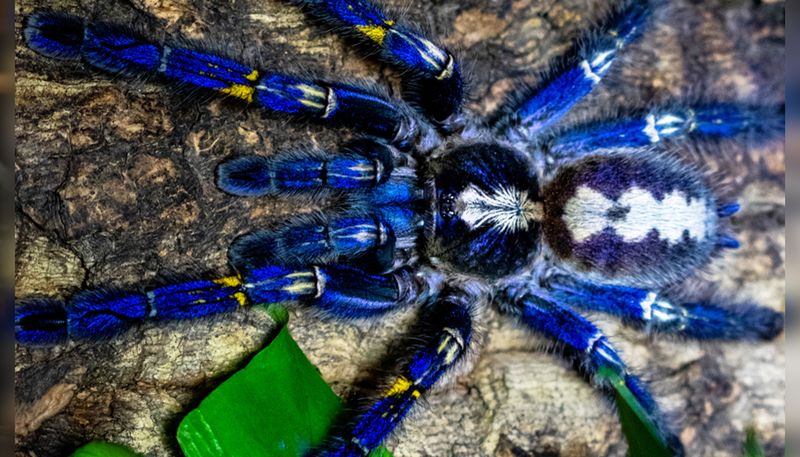
These clever arachnids build waterproof burrows that withstand daily tidal flows! Using silk and mud, they engineer complex homes with multiple chambers and escape tunnels.
Their burrows include special drainage systems that prevent flooding during high tide – a brilliant adaptation to mangrove living.
12. International Scientific Cooperation
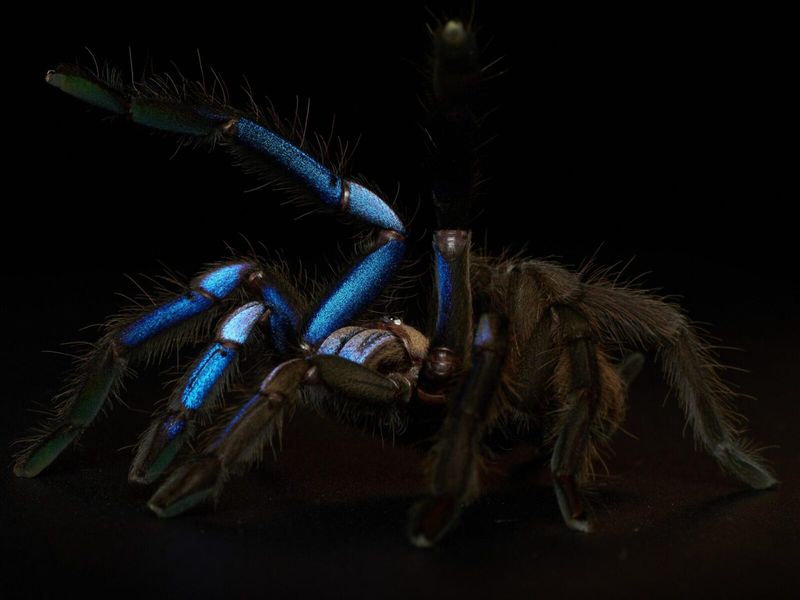
The discovery sparked unprecedented collaboration between eight countries! Researchers from Thailand, Australia, United States, Japan, Singapore, Malaysia, Germany and Brazil formed a special task force.
This international team combines expertise in arachnology, genetics, ecology, and conservation to study this remarkable species.
13. Tourism Impact Worries
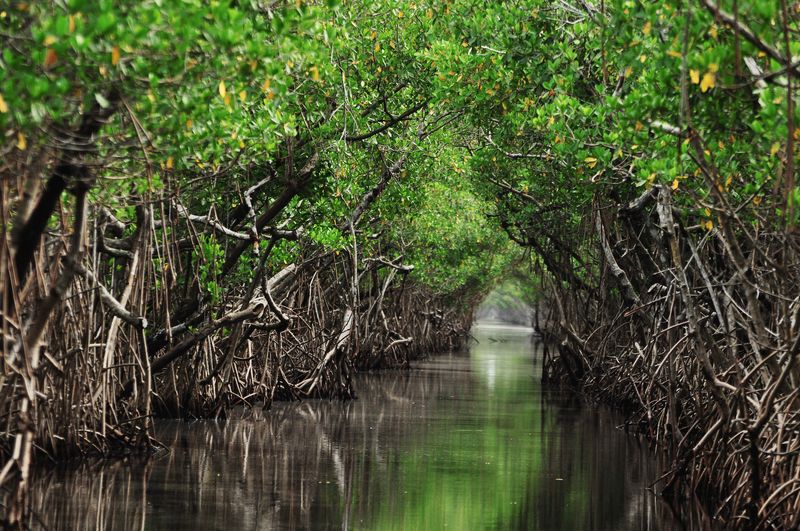
Word spreads fast when something glows electric blue in the forest! Conservationists now face a new challenge as wildlife photographers and exotic pet collectors flock to the region.
Officials implemented strict visitor protocols and decoy locations to protect the actual habitats from human disturbance.
14. Unexpected Role In Ecosystem
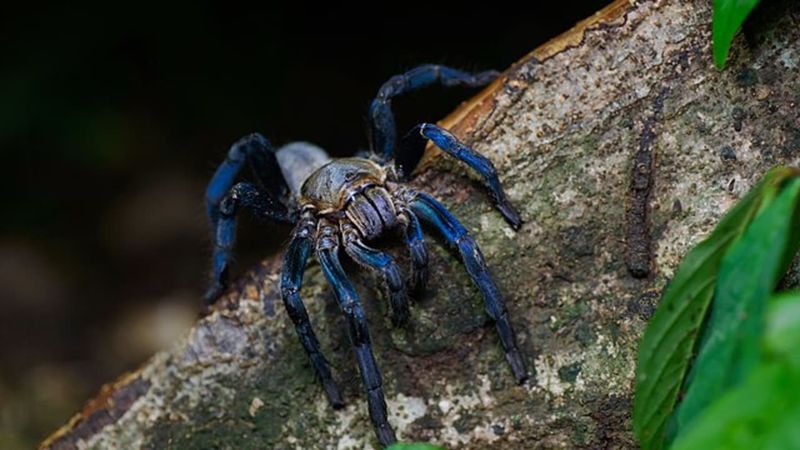
Beyond being beautiful, these spiders play a crucial role in controlling mosquito populations!
Researchers discovered they consume massive quantities of disease-carrying insects. One tarantula can eat hundreds of mosquitoes weekly, providing natural pest control that benefits both forest health and nearby human communities.






